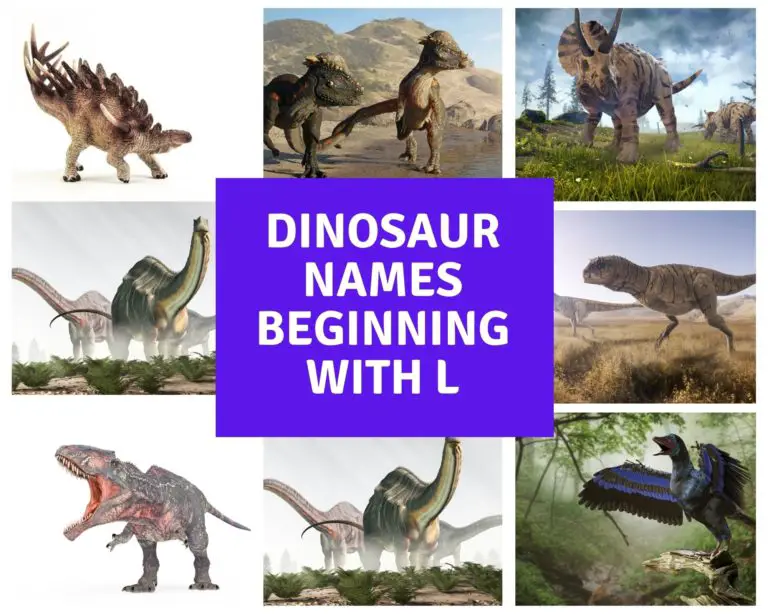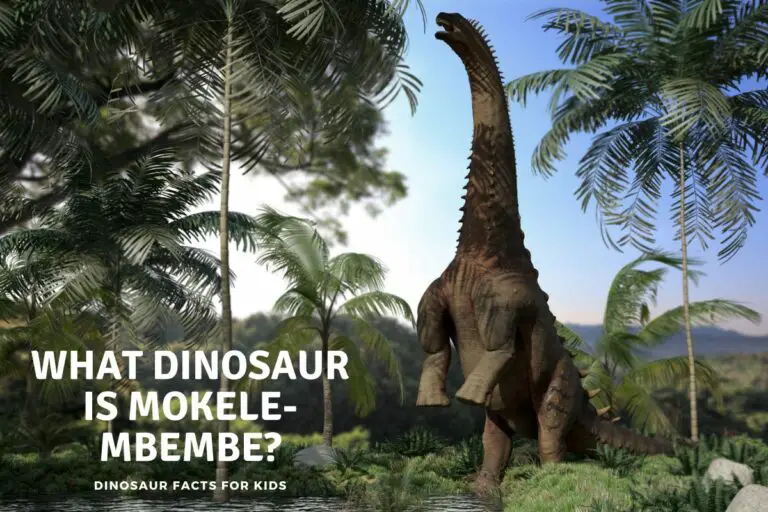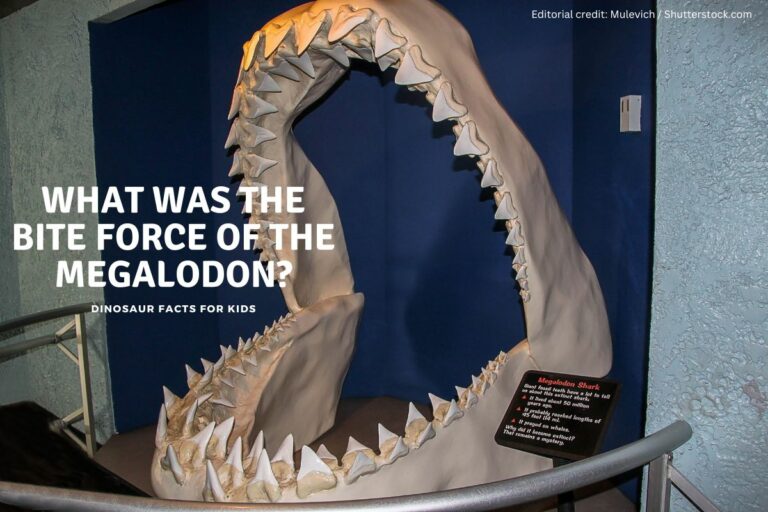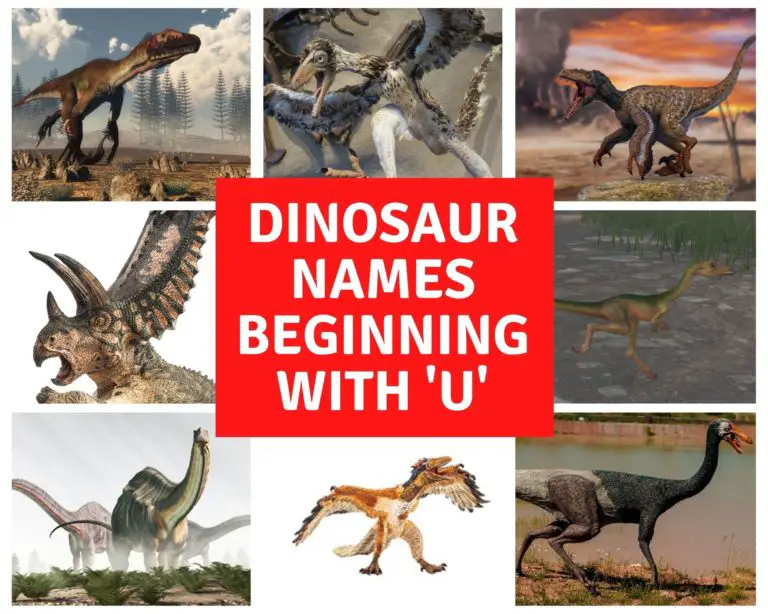Could Dinosaurs Live in the Cold and Snow?
Scientists believed that the dinosaur fossils found in the Arctic resulted from dinosaur migration for a long time. However, this changed when Paleontologists found infant dinosaur fossils in Prince Creek Formation in Northern Alaska. These infant fossils begged the question: did dinosaurs live in the cold and snow?
Polar dinosaurs are dinosaurs that could live in the cold and snowy areas of the globe. Scientists say that these dinosaurs could adapt to the cold climate and see through the dark winters because they were possibly warm-blooded and had strong night vision.
Naturally, scientists wanted to discover which dinosaur species could be classified as polar dinosaurs. I bet you are just as curious to find out, so keep reading.
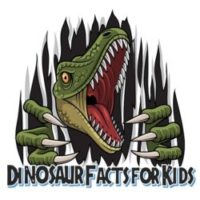
Did Dinosaurs Live in the Cold, Snow and Ice?
Books, Documentaries and movies (up until very recently) have taught us that dinosaurs lived in hot environments, these could be tropical jungle, wide plains or even deserts but they were all invariably hot. However the world then, just like now, was a big place and not all of it was hot.
It may have been around 4 degrees hotter than today, and the sea temperature was certainly hotter, but there were still poles at the top and bottom of the Earth, and they were still cold and covered with ice and snow.
They were also covered with dinosaurs! There are dinosaurs that lived in the cold, they may have had adaptations to help them cope as well. They have even coined a term to describe them “The Polar Dinosaurs”
There may have been much more dinosaur life in warmer climates just like the world today, but there was certainly life in the cold areas of the world back then as well, dinosaur life included.
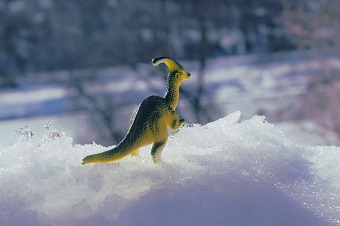
What are the Polar Dinosaurs?
Did you know that paleontologists have discovered dinosaur fossils in the Arctic for over 70 years? Including in Antarctica named Cryolophosaurus ellioti and is said to have lived on earth 147 million years ago. Although it was thought that these were dinosaurs engaged in migration, finding eggs and young dinosaurs shows that they lived in these harsh conditions all year round.
The bones found in Northern Alaska are said to belong to the following dinosaur families:
- Ornithopoda
- Hadrosauridae
- Tyrannosauridae
- Deinonychosauria
Note that Prince Creek in Northern Alaska is the furthest point north that scientists have ever found dinosaur fossils.
It is hard to know what the weather was like millions of years ago, but scientists believe that the area was partially frozen. Additionally, Alaska used to be 10 degrees further north than it is today, so it might even have been colder.
Where Did Dinosaurs live in the Cold?
As I’m sure you are aware Earth did not always look like it does today. Continental drift means that our land mass is constantly moving it is only by a few inches a year but add that up over million of years and you have a very different looking map.
As we mentioned above, Alaska is cold now, and it may have been even colder then, still 12 different species of dinosaur have been found there. Australia too has moved considerably. 100 million years ago it was not 70% in the Topics as it is today, and its Red centre would have had a climate more like Canada than Costa Rica.
However, even in Australia there have been significant finds of what would be classed as polar dinosaurs, dinosaurs that lived in both the cold and during long LONG nights. The list of Colder climates where dinosaurs are being discovered is growing each year, and providing scientists with much more information on how widespread our “Jurassic World” really was.
Table 1: Cold Climate dinosaur Locations and Species.
| Location | Species Found | Type | Age |
| Alaska | Gorgosaurus, Horned Pachyrhinosaurus, Troodon, Edmontosaurus. | Tyrannosaur, hadrosaur, Ceratopsian, maniraptoran | late cretaceous – 80-66 million years ago. |
| Canada | 100+species – albertosaurus, edmontosaurus, chasmosaurus, T-Rex | Tyrannosaur, Ceratopsian, hadrosaur, ankylosaur | Late cretaceous – 80 – 66 million years ago. |
| Australia | Cryolophosaurus, Antarctopelta | Ankylosaur, Cryolophosaur | early jurassic to late cretaceous 180-66 million years ago. |
| Greenland | Issi saaneq (cold bone) | two-legged sauropodomorph (early Sauropod) | Triassic 214 Million years ago |
Types of Polar Dinosaurs.
Although polar dinosaurs had been a mystery for many years, scientists were able to identify several species from the bones found at the Prince Creek Formation site in Northern Alaska.
- Pachyrhinosaurus – was 26 feet long, weighed four tons, and had horns on its frill and skull.
- Alaskacephale – is a relative of the Pachycephalosaurus ( there seem to be so many of them and you can check out our dracorex article here) but smaller with a round protruding top on its head.
- Troodon – was about 8ft long with pretty scary teeth, and big eyes suited for seeing in the dark. They also hunted to packs which would have allowed them to go after large prey
- Nanuqsaurus – was a member of the tyrannosaur family, so even they managed to live in the cold environment! It was about half as long, so would not have needed as much food.
- Edmontosaurus – These were wide spread in North America, but it was a little surprising to find a Dinosaur this large in the far North. ( they could be 30ft long)
- Raptors– Although scientists are not sure which species it is yet, it may be new!, raptor remains, including baby raptors have been found in recent years.
Were Polar Dinosaurs Cold-Blooded or Warm-Blooded?
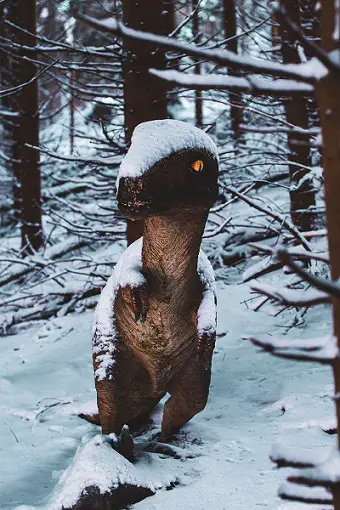
Like many other animals that live in the Arctic, you would also expect polar dinosaurs to be warm-blooded. The scientific debate lasted for many years: were dinosaurs cold or warm-blooded?
Some argue that dinosaurs were cold-blooded because they are reptiles and all modern reptiles are cold-blooded. However, dinosaurs were enormous creatures, and some scientists say that their massive bodies might have stabilized their body temperature.
This long-running debate was settled when new metabolic research concluded that dinosaurs were neither cold nor warm-blooded. The correct term to describe this middle ground is Mesotherms.
Mesotherms are animals that regulate their body temperature using ectotherms and endotherms depending on their environment. Besides dinosaurs, other mesothermic animals include:
- Tuna
- Sharks
- Leatherback turtles
What did Polar Dinosaurs Eat?
According to research, polar dinosaurs were mainly herbivores, but some species occasionally ate meat, making them omnivorous.
The dinosaurs that have been found so far in the cold regions were spread out jsut liek they were in warmer climates, so there were carnivores, herbivores and omnivores there too. However, there would have been less food for all types of dinosaur.
So, how did polar dinosaurs survive in the cold? Between the pitch-black nights and snow-covered lands, food must have been scarce.
Keep reading to learn more about how polar dinosaurs survived in the winter…
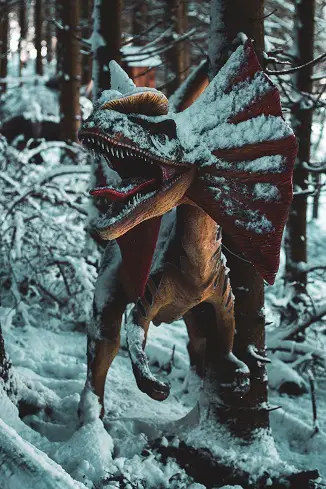
How did Polar Dinosaurs Survive in the Cold? (6 Ways)
Many theories try to explain how polar dinosaurs survived in the Arctic circle. Three main character traits explain how these creatures survived the long dark winters based on the evidence found:
1. Some Polar Dinosaurs were Warm Blooded
Although the argument was settled, some scientists still believe that some polar dinosaurs were warm-blooded. Their argument is based on various things like the quality of their teeth, energy rates, and energy consumption.
However, since we now know that dinosaurs were mesothermic animals, we can conclude that they were able to regulate their body temperature and stay warm during the cold months.
2. Polar Dinosaurs Night Vision
Scientists believe that millions of years ago, dinosaurs had to live through darker and colder winters for up to six months. The only source of light for these dinosaurs was the moon,and the shorter hours of dawn and dusk but they would not be able to hunt for food without good vision.
Although evolving night vision sounds liek somethign from the script of Jurassic World, dinsaours liek Troodon ( a carnovire) did indeed have much larger eyes which would have given them much better night vision than their herbivore prey!
Besides their expert vision, scientists believe that some polar dinosaur species could also produce light through bioluminescence this means maybe (a big maybe) glow in the dark! . You can read more here.
Bioluminescence is the process of creating and emitting light by a living organism. This light would aid the polar dinosaur’s night vision and help keep their bodies warm. It our opinion it would also make them easier to spot for predators as well!!
Pola dinosaurs that did not have this feature are believed to have strong night vision like any other animal that hunts in pitch blackness. This explanation is based on simple facts of evolution that an animal can learn to adapt and survive in its environment.
3. Polar Dinosaurs were Cold Resistant
We know that feathered dinosaurs existed, and according to some theories, that’s how some polar dinosaurs could stay warm – feathers. Those that did not have feathers were warm-blooded or had thick skin, enabling them to keep warm during the winter.
Initial research into the question of survival of the polar dinosaur suggested that dinosaurs would hibernate during harsh winters. Much like bears do today.
Evidence of hibernation was seen on the bones found in Australia, which had rings or Lines of Arrested Growth (LAG). Most animals that hibernate have LAGs because, during hibernation, animal bones do not grow.
Later, this theory was debunked because not all dinosaur bones had LAGs. The majority of bones discovered in the Arctic and other cold regions were the same size as other dinosaurs around the planet. This means that polar dinosaurs grew to their adult height and weight, so the LAGs found on some bones have nothing to do with the hibernation.
4. Dinosaurs were smaller!
There is evidence to suggest that one important adaptation that dinosaurs made in an environment with less food was to be smaller! They would still have been large to us of course, but species like pachyrhinosaurus and the Gorgosaurus ( a kind of tyrannosaur) were smaller than their tropical dwelling cousins,
Less size means less food requirements, useful in a cold environment!
5. Did Polar Dinosaurs Hibernate
Hibernation is when an animal goes into a deep sleep during harsh conditions, the most famous animal that does this today is the bear. it sleeps during the winter, slowing down its body so that is doesn’t use much energy at all. It is possible that some, though not all, dinosaurs may have used this to survive really hard cold conditions.
As we mentioned above some bones have been found with LMG, this means slower growth, something that happens during hibernation.
6. Did Polar Dinosaur Migrate
Although there is not huge amounts of evidence suggesting this, especially among larger dinosaurs, it is possible that dinosaurs followed the food. Just like African animals today who follow the rains.
it appears that most polar dinosaurs did something that is called “overwintering: this means they stayed during winter. However dinosaurs like the Edmontosaurus we mention above were able to move long distances and may have undertaken migrations just like herd animals today.
Were all Dinosaurs that lived in the cold Specialized?
Although we do mention that dinosaurs evolved to specialize to their environment, like the smaller Pachyrhinosaurus or the Polar bear sized Nanuqsaurus or even the Troodon ( who appeared to do very well in a cold environment) Who have all been found in Alaska Fossil beds. there have been other dinosaur discoveries in these cold environments.
In fact although paleontologists are used to finding new species in these unexplored fossil areas ( it is much easier and more pleasant to search in warm climates than cold!) they still are finding dinosaurs that were not expected to be found this far North or South.
Recently they discovered fossils of the Duck Billed Edmontosaurus which was thought to live in North America and Canada but not in the frozen North! other Fossilized Dinosaurs that lived in the cold have also been found including Tyrannosaurs, triceratops and even raptors.
There is evidence that suggests that these dinosaurs were not just passing through, as the jaw fossil of baby raptors have been found suggesting that they were breeding in these cold areas too.
What Dinosaurs did not live in the Cold?
Both in the Australian finds and the Alaskan fossil finds there has been evidence that there were many dinosaurs that were able, and some adapted, to living in cold environments. However some dinosaurs are conspicuous by their absence. Ankylosaurus, Tyrannosaurs, hadrosaurs and more have been found fossilized in what would be cold climates but one group of dinosaurs have not.
The large Sauropods,(Long neck Plant Eaters) Brachiosaurus, Apatosaurus, Diplodocus which all live in North America at the time have not been found further north where it was cold, similarly Argentinosaurus has not been found further south. There has been one long neck dinosaur found, an early Sauropod.
This may just be to less fossil hunting, something that is now changing, or the fact that the sheer amount of food that these great dinosaurs would eat simply would not have been present in a colder climate. Although an early sauropod has been found in Greenland and there are rumours a brachiosaurus fossil has also been found so this information may change!
When you need to eat 800 lbs of vegetation a day it’s unlikely its going to be easy to find in snow and ice, and if it is cold you may need to eat even more to maintain the bodies temperature! At the moment very few sauropod fossils have been found in cold climates, and the thought it is if one is discovered it may well be one that got lost!
it is interesting that the new Jurassic World dominion Movie actually shows Apatosaurus in a snowy environment, however we presume in the north of Canada in today’s world there were not vast herds of them, even in the movie!
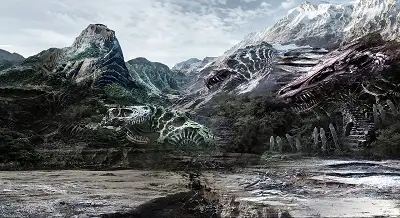
Could Dinosaurs live in todays Climate?
The world is cooler today than it was 100 million years ago. Even though humans are making it warmer thought climate change it has not reached the temperatures that existed when the dinosaurs roamed the Earth. ( thankfully) It was about 4 degrees hotter back then,
That is not so much of an issue, as we discussed above it seems many dinosaurs were able to live in variable temperatures, and some even adapted themselves to do it. The issue for these huge animals would not be the temperature but the air.
100 million years ago the oxygen in the air was much higher. Possibly up to over 35% of the air compared to the world today which is about 21%. This means dinosaurs would not be able to get as much oxygen as they were used to and would be quite breathless all the time.
It would be a world of wheezing dinosaurs!
Why did Polar Dinosaurs go Extinct?
This is a great question, and one we can’t answer fully yet. The asteroid impact 66 million years ago is widely accepted to have set of a chain of events that caused the extinction of around 70% of all land animals, and it is thought almost anything larger than about 25 lbs would have vanished.
However… The after effects of the asteroid were as follows,
- Sunlight being blocked out
- Much darker
- Less Food
- Tsunamis
- earthquakes
The issue around all this is that there were dinosaurs already capable of living in extended period of dark, and with reduced amounts of food who were a considerable distance from the blast site.
it is thought it would of course had a devastating impact but the dark, cold and reduction in food would not have been enough to kill all the northern polar dinosaurs who were pretty used to those conditions
So at the moment there are studies ongoing to find out what else happened at that time that could have caused an extinction. Possibly ozone layer problems, or Huge flooding ( which was a seasonal event in Alaksa at that time, but with a huge asteroid maybe created a more final flood!
It also may be that we find fossils that are dated after the K-T Extinction event, and if we do it would mean that dinosaurs DID NOT go extinct 66 million years ago, some survived a while longer!
Now that would be an awesome discovery.
Conclusion
Research about polar dinosaurs is still ongoing, so we can look forward to more information and discoveries of new fossils in the future.
It seems that even in the coldest and darkest areas of the triassic, Jurassic and Cretaceous that, to quote Ian Malcolm from Jurassic park, “Life will find a way”
Don’t forget to check out all other dinosaur facts, questions and resources articles ont he site. We have free downloads and fact sheets to print and collect. You can check out the big button below or so a search on the right.
References
https://www.sciencedaily.com/releases/2015/09/150922104639.htm
https://www.smithsonianmag.com/history/the-strange-lives-of-polar-dinosaurs-180347471/
https://www.smithsonianmag.com/science-nature/how-dinosaurs-thrived-snow-180976435/
https://screenrant.com/jurassic-world-dominion-dinosaurs-snow-cold-weather-live/
https://nypost.com/2021/06/24/polar-dinosaurs-lived-in-arctic-year-round-fossils-suggest/
Hi, I am Roy Ford a General Studies and English Teacher who has taught all over the world. What started as a fossil collection became a great way to teach, motivate and inspire students of all ages and all over the world about dinosaurs and from that and children’s love of dinosaurs came the site dinosaur facts for kids, a resource for all ages.

